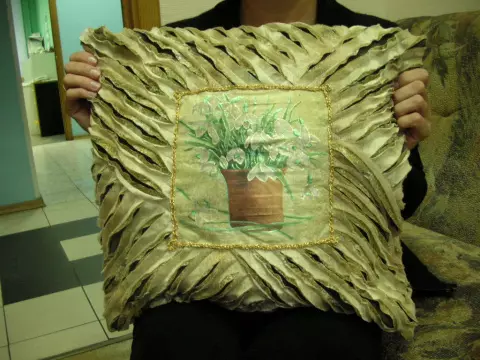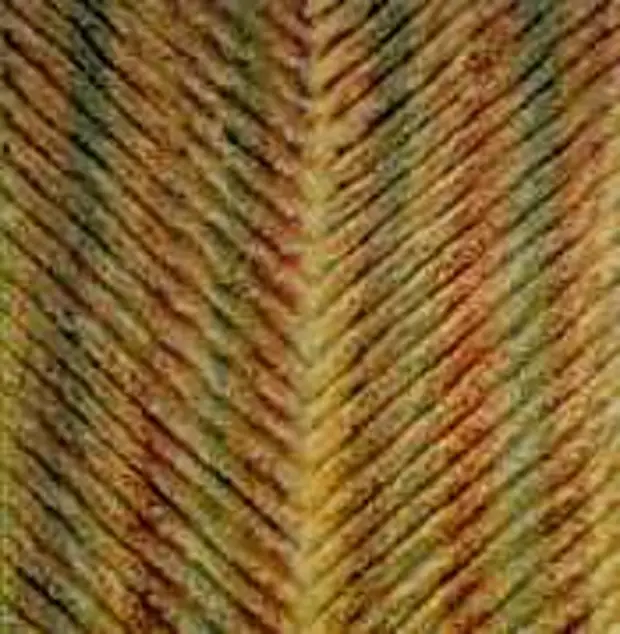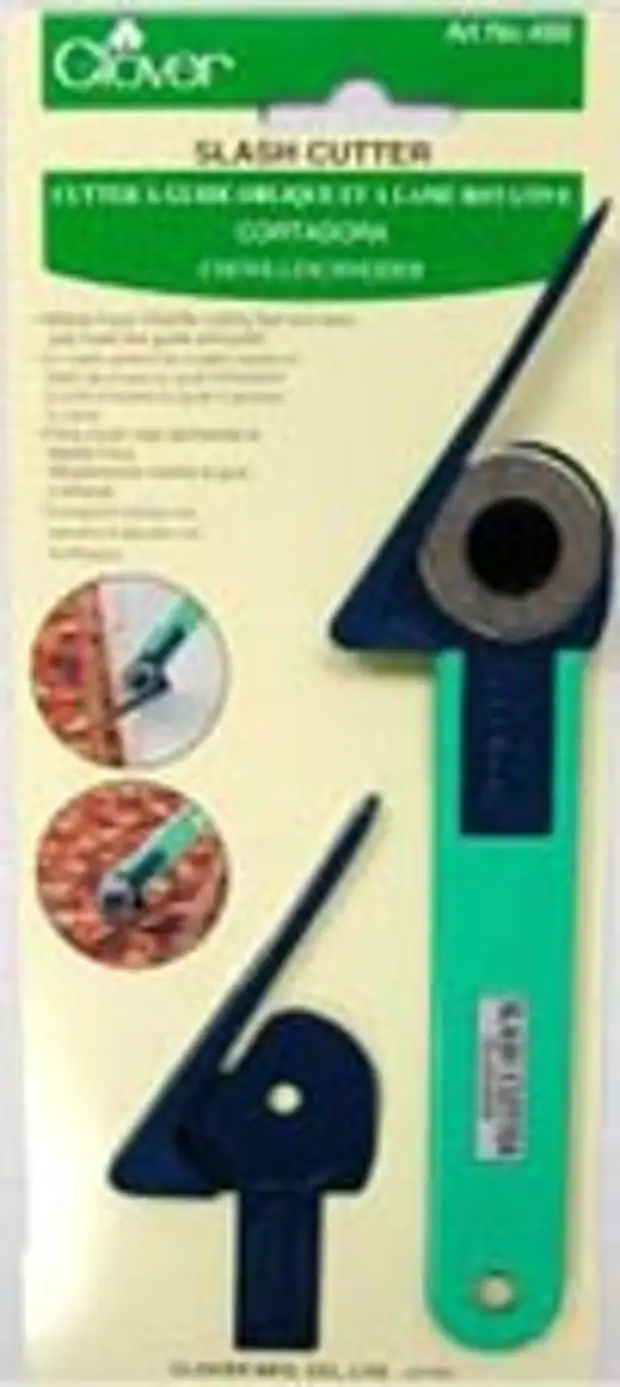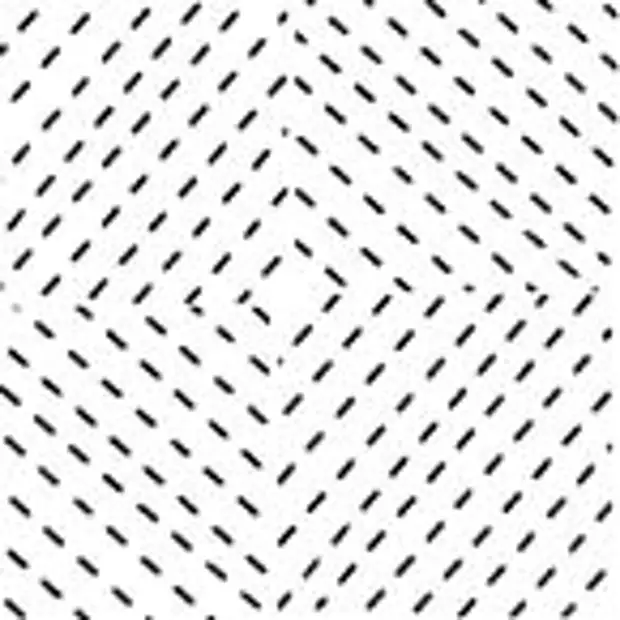What is Sinel? Sinel is a new fluffy type of fabric resulting from stitching several layers of fabric with parallel lines on the sewing machine and the subsequent cutting of the upper layers between the lines.This technique is well used in sewing jackets, cardigans, vests, bags, pillows, covered and other things. It is not necessary to reject the entire product at all, you can limit the collar trim, cuffs, coquettes and other things.
For this technique it is better to use lightweight fine natural fabrics such as silk, viscose and cotton. A synthetic tissue can be used as a lower base layer. Fabrics are used as monophonic and pattern. Fabys with a large or abstract pattern are very advantageous. The choice of fabric color depends on your preferences, as well as from the planned end result. The type of finished tissue will depend on the sequence of overlaying different colors of the fabric on each other. See how the same fabrics look differently in different types of layers: | ||||

| ||||
The number of layers can be 3, and 4, and 5, and 6, and even 7 layers. But you need to know that the more layers are stitched, the resulting tissue becomes harder and rougher.Attention! All fabrics must be crammed and dried before stitching. In the nature of sewing supplies, there are special roller knives, substrate line and brushes for Cineps, but if such accessories are not available, then you can freely do without all this.
So, it is necessary to obtain a cuney: several squares of suitable decatted tissue, sewing threads, pins and small scissors.figure class="figure" itemscope itemtype="https://schema.org/ImageObject">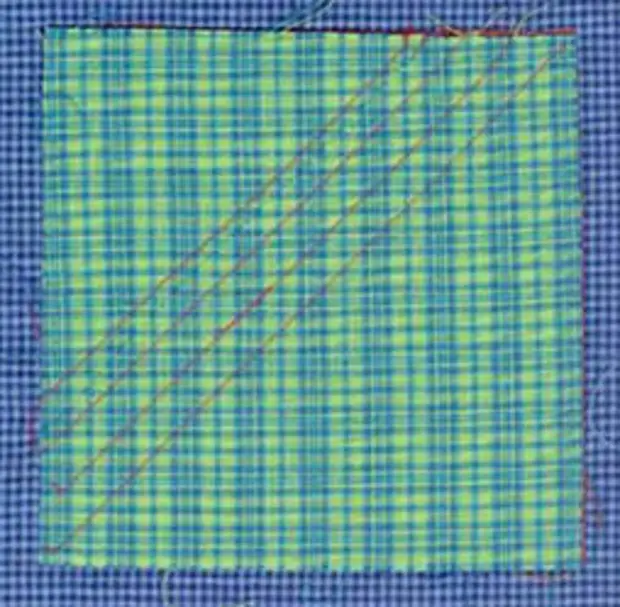
We apply fabrics to each other face up, we rock and deposit the diagonal line in the middle.The line on the sewing machine is better to install with a minimum stitch length, even better strain the triple enhancement line (if it is in your typewriter). You can lay lines at an angle of not 45 degrees, and 30, but not on the equity or transverse thread. The following lines are parallel to the first line at the same distance from each other. The distance may vary depending on the quality of the fabric and the desire to obtain one or another fabric effect, but on average it is 1, 1.5 or 2 cmfigure class="figure" itemscope itemtype="https://schema.org/ImageObject">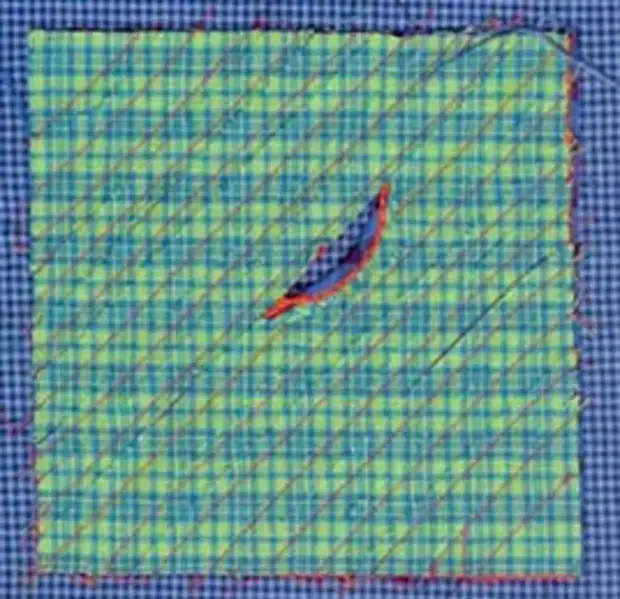
When all the fabric is stopped, you need to gently cut with scissors in the middle of the lines of the upper layers of fabrics.The edges of the cut strips need to be sprinkled with a rigid brush, you can use toothbrush for this.If the fabric is good, you can not do this, but immediately throw it into a washing machine and put it in warm or cold water by choosing a short wash cycle. Then the cloth must be dried.And Sinel is ready!I described the easiest of the Sinille. To complicate and embellish the fabric, you can lay the lines figured, but do not forget that the fabric should be cut through oblique.
Some examples of lines:figure class="figure" itemscope itemtype="https://schema.org/ImageObject">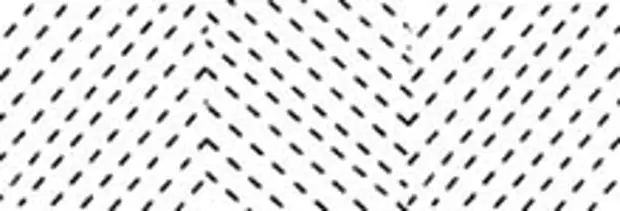
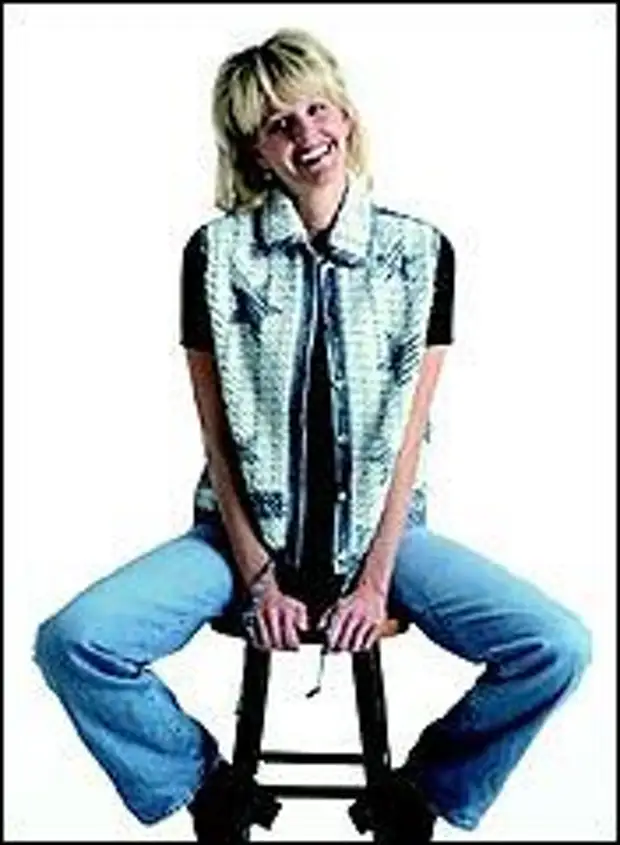
If the drawing of the lines is complex, then it can be applied to the fabric of a shallow, or soap, or a felt felt-tip pen, or use a voluminous trap. Cepes are imposed and pins on the top layer of fabric, the line is paved directly on paper. When the lines are ready, the cushion can be deleted. |
A source

